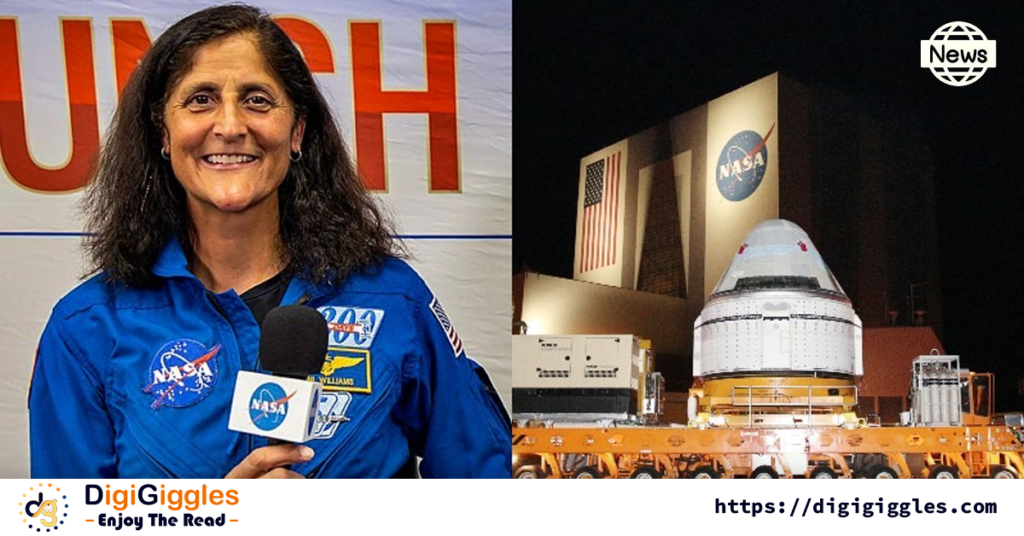
In a landmark moment for space exploration, Indian-American astronaut Sunita Williams successfully entered the International Space Station (ISS) aboard Boeing’s Starliner capsule. This historic docking marks a significant milestone for Boeing and NASA, heralding a new era of space travel. Boeing’s Starliner capsule, part of NASA’s Commercial Crew Program, docked seamlessly with the ISS, demonstrating its capability to safely transport astronauts to and from the station. This mission was crucial for Boeing, which has faced numerous challenges and delays in its bid to provide reliable crew transportation services.
Sunita Williams, a seasoned astronaut with over 321 days in space, was at the helm of this mission. Her extensive experience, including two previous long-duration missions to the ISS, made her an ideal choice for this pivotal flight. Williams’ journey with the Starliner was closely watched by space enthusiasts and professionals alike, as it underscored her significant contributions to space exploration and her role as a trailblazer for women in STEM fields. The Starliner capsule lifted off from Cape Canaveral, Florida, powered by an Atlas V rocket. After a successful launch and a series of orbital maneuvers, the spacecraft aligned with the ISS and docked autonomously, showcasing advanced technology and precision engineering. The docking process, which involved intricate coordination between the spacecraft and the ISS, was a testament to the robust capabilities of Boeing’s Starliner.
As the hatch opened, Sunita Williams floated into the ISS, greeted warmly by the current crew members. Her entry was marked by a sense of jubilation and accomplishment, symbolizing the collaborative spirit of international space missions. Speaking from the ISS, Williams expressed her excitement, saying, “It’s incredible to be back on the ISS, and I’m proud to be part of this mission with Boeing’s Starliner.” This successful mission has far-reaching implications for the future of space travel. It reaffirms NASA’s strategy of partnering with private companies to expand human presence in space. The Starliner’s performance paves the way for more frequent and reliable missions, reducing dependence on Russian Soyuz capsules and enhancing the United States’ ability to conduct independent space operations.
Sunita Williams’ accomplishments resonate deeply with Indian space enthusiasts and the broader Indian community. Her achievements serve as an inspiration to countless young minds in India, fostering interest in space science and exploration. Williams’ Indian heritage is a source of pride, highlighting the global nature of space exploration and the contributions of the Indian diaspora to advanced scientific endeavors. As Boeing and NASA continue to refine and expand their commercial crew capabilities, missions like this one set the stage for more ambitious projects, including potential manned missions to the Moon and Mars. Sunita Williams’ role in this mission not only underscores her legacy but also the collaborative efforts required to push the boundaries of human spaceflight.
The successful docking of Boeing’s Starliner and Sunita Williams’ entry into the ISS mark a significant achievement in space travel. This mission exemplifies the progress made in commercial spaceflight and sets a promising trajectory for future explorations.